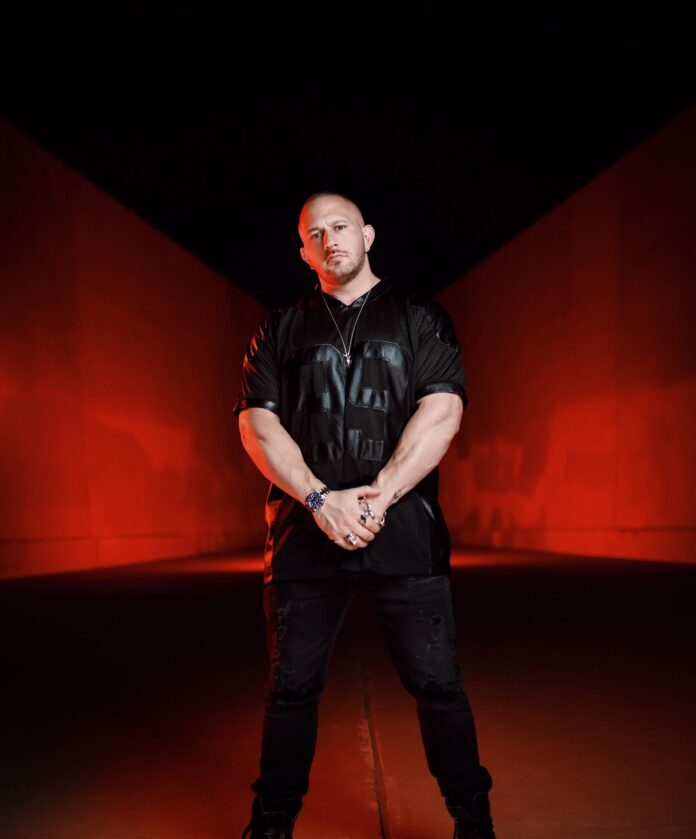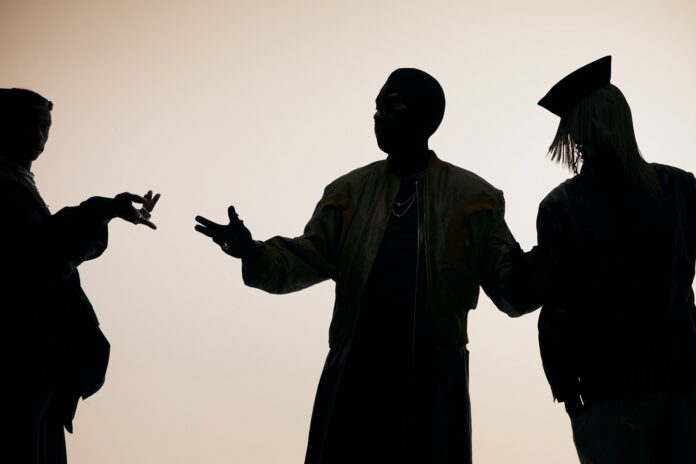The world of anime and manga is populated with hundreds of examples of compelling and heartfelt protagonists, often shonen protagonists with hearts of gold or shojo heroines who act as role models for girls everywhere. In any work of fiction, a traditional hero is someone who sets a good example for viewers, while an antihero is something else entirely.
Traditional heroes are not only the protagonist of a story but also good people on the inside, embodying virtues of truth, honesty, courage, selflessness, altruism, kindness and more. Shonen and shojo anime usually feature such characters, such as Uzumaki Naruto or the charming Honda Tohru, while antiheroes have a goal and a character arc but lack these more traditional heroic qualities.
Antiheroes As Subverted Role Models In Anime
An antihero is always a protagonist rather than a supporting character or villain, which is why they are anti-hero in particular. All major heroes are protagonists, so an antihero must also be a protagonist so can they can subvert what a hero usually is. An antihero in anime/manga is the centerpiece of the story and often its narrator, but when viewers follow the antihero's adventures, they experience something entirely different than if a hero were at the helm.
Antiheroes are not role models for viewers, even if the antihero does embody courage, tenacity or perseverance, and an antihero might be downright repulsive at times based on what they say, do or believe in the story. Antiheroes aren't meant to entirely alienate viewers, but they're also less sympathetic on average than regular heroes, and they're compelling because of their philosophy and actions rather than their lovable personalities.
Antiheroes in anime/manga have fully-realized character arcs and embark on quests with a clearly defined beginning and end, but why they embark on their journeys is what really matters, and that's where they differ from conventional heroes. A regular hero wants to uplift others, defeat evil, promote good, make friends and save the world. They are champions of justice, honor, kindness and ethics, while antiheroes simply don't care.
Antiheroes see no need to promote goodness or fight evil for the sake of a higher cause, often because they're too jaded or world-weary, so while a hero will save the world from evil because it's the right thing to do, an antihero will slay the antagonist for reasons such as revenge instead. This often means antiheroes are selfish when compared to regular heroes, and viewers follow these antiheroes because they're exciting and unpredictable, or even relatable in a dark way.
Antiheroes don't follow the same mold as regular heroes, meaning they can vary much more greatly in their worldview, politics, personality, actions, dialogue and more. Heroes are constrained by the need to act as role models and noble do-gooders, while antiheroes have far more design space and are defined by their circumstances rather than needing to be paragons of goodness. An antihero might be a rogue, a burglar, a scarred mercenary, an ill-tempered farmer, a pirate or even a former hero who lost faith in the cause. The possibilities are endless when designing and writing the adventures of an antihero.
Notable Antiheroes In Anime/Manga
The medieval manga/anime franchise Vinland Saga follows a vicious antihero; a young Viking named Thorfinn Karlsefni. He is the protagonist since he has a clearly-defined goal -- killing Askeladd to avenge his father -- and the means and will to carry it out. Thorfinn seeks revenge for Askeladd killing Thors, and Thorfinn's personality and methods are anything but heroic. He's standoffish, ill-tempered and self-absorbed, never uplifting anyone around him. He does have a fully-developed character arc though, and he learns the hard way that violence and vengeance just bring more misery.
Guts the wandering mercenary from Berserk is the quintessential anime/manga antihero -- a mentally and physically scarred warrior who has suffered repeated abuse, betrayal and abandonment in his rough life in the kingdom of Midland. Guts will fight hard for his lover Casca and his loyal friends, but he doesn't aim to become a symbol of peace for the Midland peoples or a savior. Instead, he's seeking revenge at all costs, just like Thorfinn, and he is shockingly cold and brutal at times during his journey.
Tokyo Ghoul's Kaneki Ken is a more idealistic antihero who gained his ghoulish powers against his will, and he embraced his ghoulish nature and went berserk, slaughtering his enemies and reveling in the bloodshed as he fought to somehow unite humanity and ghoul-kind in a hopelessly twisted world. Ken has hope as a symbol for ghouls, but he also resorts to graphic extremes that no traditional hero would consider, so he often becomes the very monster he's trying to eliminate.
About The Author

